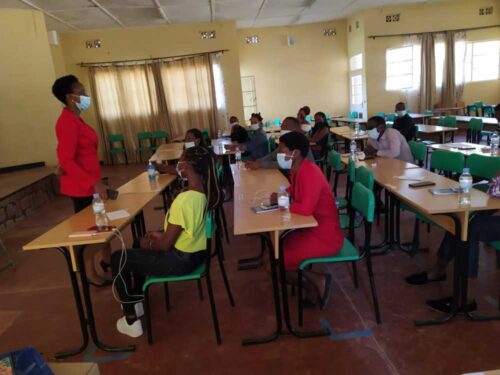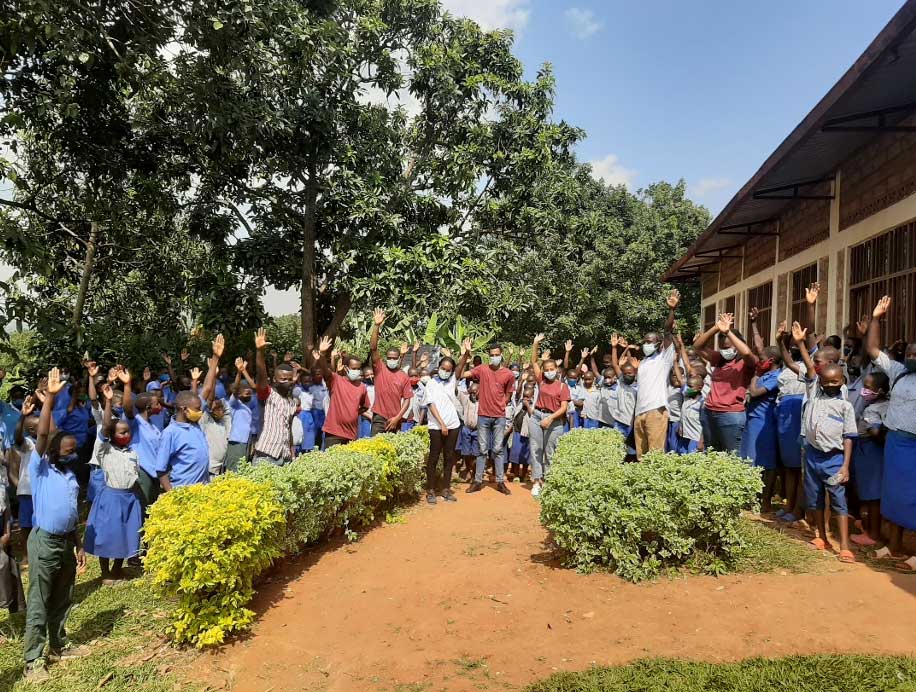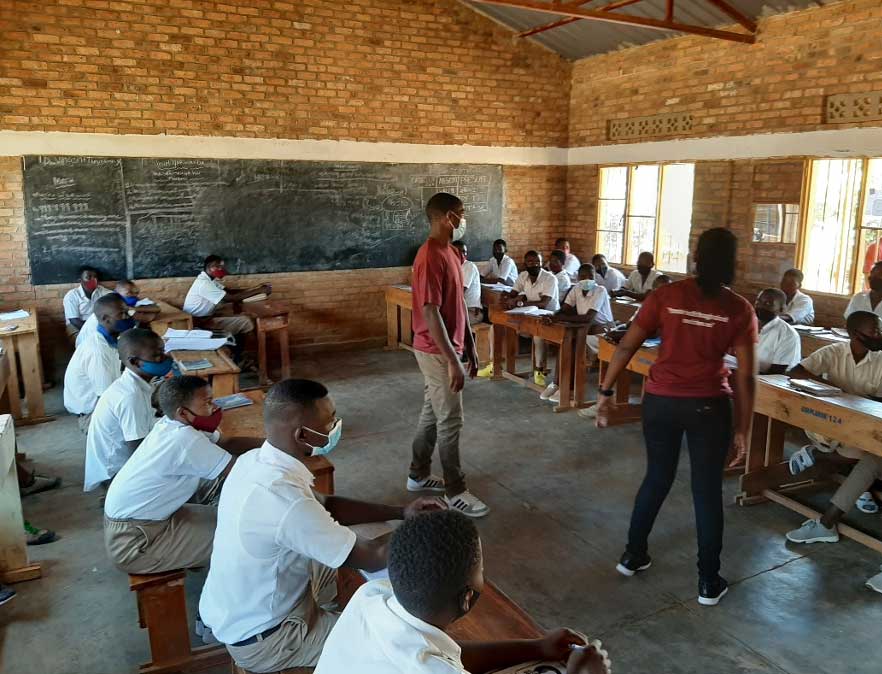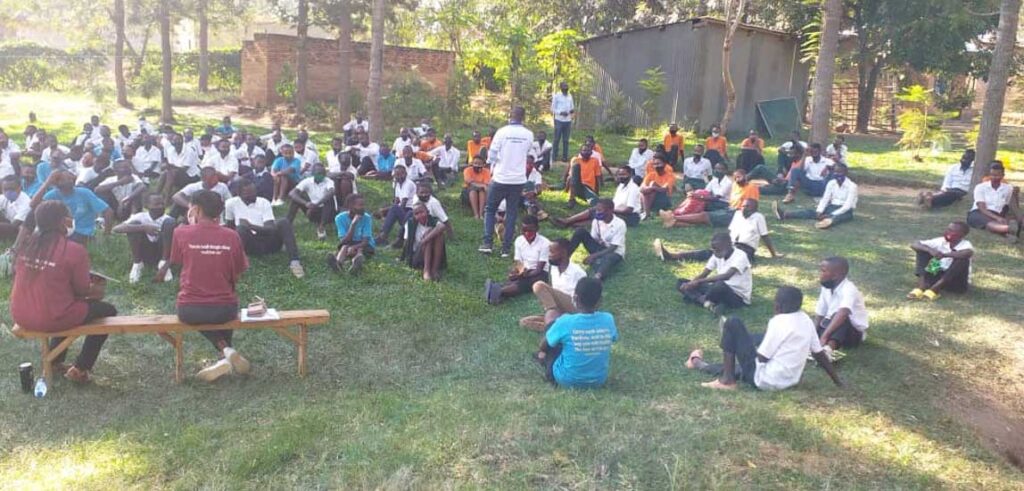Today, the evolution of microbial pathogens able to resist antimicrobial treatment is seen as one of the most pressing public health crises. Antimicrobial resistance (AMR) is a major challenge to global health. According to Dr. Margaret Chan – former WHO Director, 2006-2017), it has been estimated that if no action is taken against AMR, it will be the leading cause of death with 10 million victims per year by 2050. For the past few decades, AMR has been a growing threat to effective treatment of an ever-increasing range of infections caused by bacteria, parasites, viruses and fungi. Antimicrobial usage in animals, humans and agriculture results in spreading of antimicrobial residues into aquatic and terrestrial environment. AMR affects not only human health but also other sectors such as animal health, agriculture, food security, water and sanitation and economic development. Moreover, AMR results in reduced efficacy of antibacterial, antiparasitic, antiviral and antifungal drugs, making the treatment of patients difficult, costly or even impossible. A study by Ntirenganya and colleagues, conducted in 2015, showed that AMR rates are high in Rwanda and pose a serious therapeutic challenge to the management of common infections. There is need to minimize the health, social and economic impact of antimicrobial resistance. To avert this disaster, Rwanda developed and approved the One Health Policy and the One Health Strategic Plan, that create better understanding of Antimicrobial Resistance from a One Health perspective through raising awareness and understanding on antimicrobial use, resistance prevention, and containment through effective communication and training, strengthening knowledge and evidence on antimicrobial use and resistance.
To contribute to this government drive against antimicrobial resistance, AFROHUN Rwanda supported Students One Health Innovations Club (SOHIC) members to conduct an education campaign on AMR, targeting primary and secondary school students as reliable change agents for information dissemination and eventual behaviour change.
The activity contributed to the creation of better understanding and raising awareness on antimicrobial use, resistance prevention, and containment, which is a key target area in the country’s multisecoral National Action Plan to tackle AMR.
The sensitization sessions helped people put this new information into context to better understand antimicrobial resistance as a public health challenge. “When you asked me about antimicrobial resistance I did not catch it very well, but when you explained that it is about when bacteria and other parasites change over time and no longer respond to medicines, making infections harder to treat I got it. I used to hear from my parents that, at some point, they were using Fansidar and Maladoxine as medicines for Malaria but they are no longer in use and today we are using Coartem to treat the same disease. I think it sounds crazy! I think that is what you want to mean with the question about antimicrobial resistance”, said one participant.
“I was very curious when I started looking at that man in the drama/sketch who played the role of a local farmer. It reminds me one of our neighbors who behave like that. Antimicrobial resistance is a big issue as you presented and explained but my humble request is to request to visit us many times you can, so that we can transmit the message to the remaining community.” One participant noted.
Sharing of drugs is a common occurrence in many low and middle invome settings and households, and a major contributing behaviour to AMR.
“To be sincere at our home we share medication. We guess it is not a good habit but we do it. If we have a family member who has been given medications but starts feeling well before he/she finishes taking the given medication, we advise them to stop taking the medication because they are already recovered. In that case, we keep the remaining drugs and if another person at our home feels sick with similar signs, we automatically use the remaining medication”, narrated a participant at one of the awareness sessions.
“Of course, we have some behavior that can be considered among the risk factors contributing to antimicrobial resistance as you explained. This area is very famous for cattle/livestock farming so some of them are using even drugs like compact dedicated to treat cattle to treat themselves. But I can ensure you that after listening to your message delivered at this dialogue session we are going to keep reminding our community the consequences of such behavior”,said a participant attending one awareness campaign session.
From this engagement with the community members, students gained hands-on experience in communication skills, technical competencies and knowledge about antimicrobial resistance, since a high proportion of them reported that before the orientation training they received, they were not aware that antimicrobial resistance is a threat for example on the environment, among other sectors.

Furthermore, based on the discussions they had with secondary and primary school students; SOHIC members who had a chance to be part of the activity emphasized that there is a long way to go to combat antimicrobial resistance.
“To the best of my knowledge, I had in mind that resistant microorganisms is threat to human health and at some point, to animal health but I did not know that is also a threat to the environment. In this training, we discussed the causes and effects of the presence of antibiotics in the environment, both in terms of the evolution and spread of antibiotic resistance, as well as direct impact of antibiotics as environmental pollutants. It is scary, but it shows me the effort needed to combat antimicrobial resistance”, said a SOHIC member who participated in the activity.
“If a student in P5,P6,S1, S2 and S3, has an understanding like this on antimicrobial resistance, what about the community?! I think we need to think twice and invest more efforts to reach out to the community to deliver what we have”, noted another SOHIC member.





